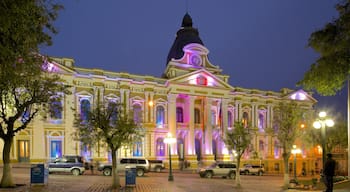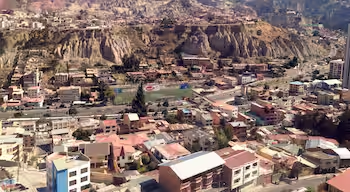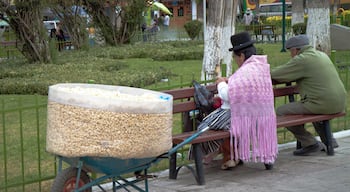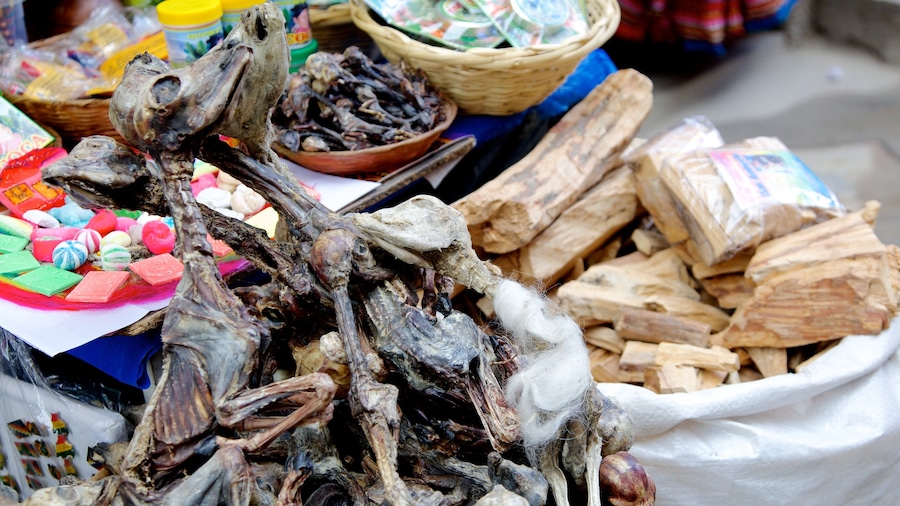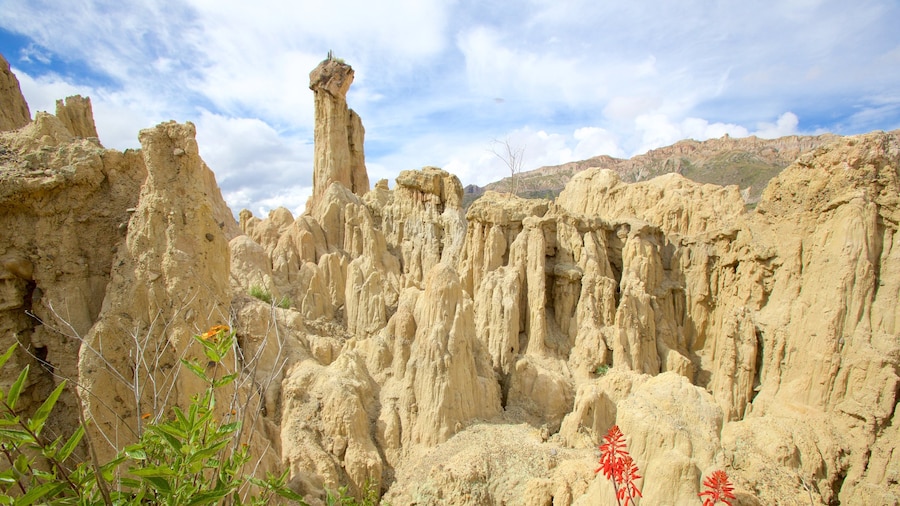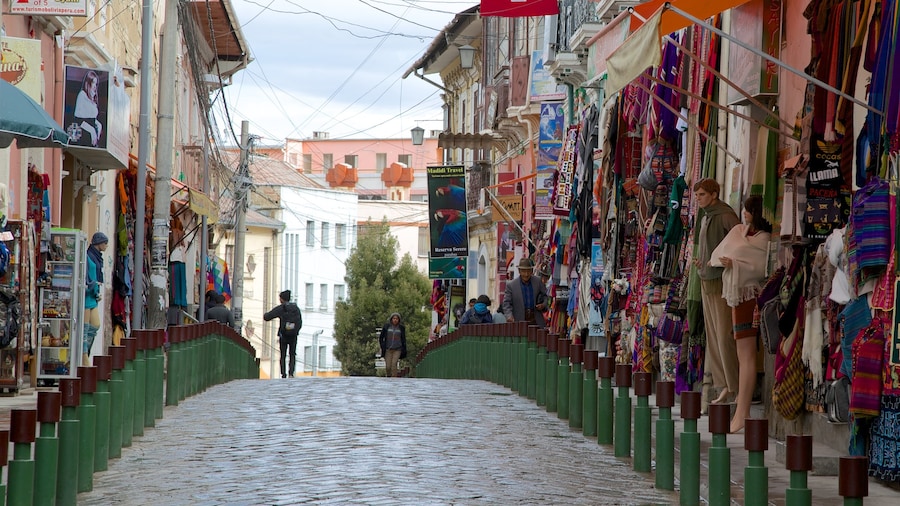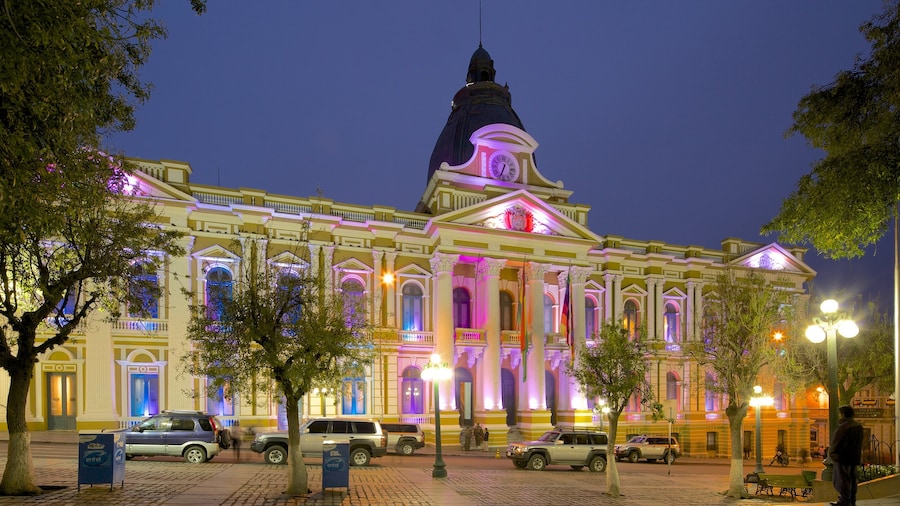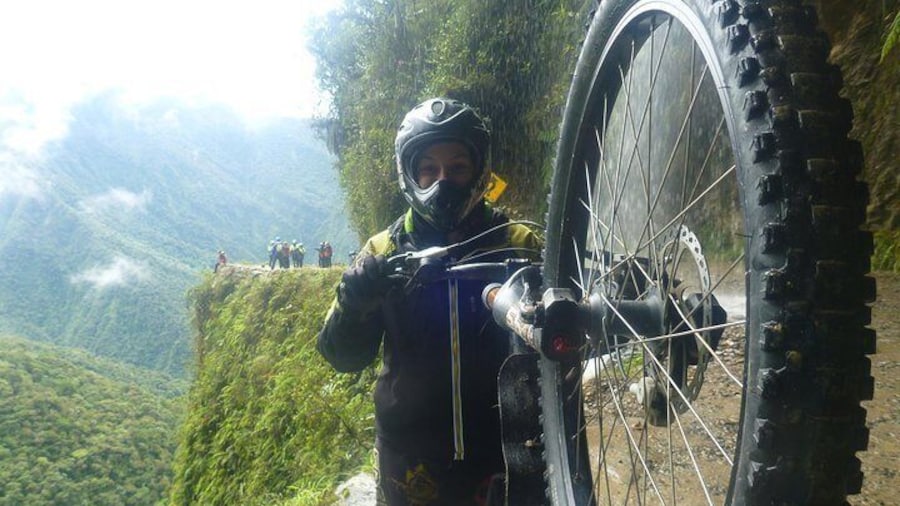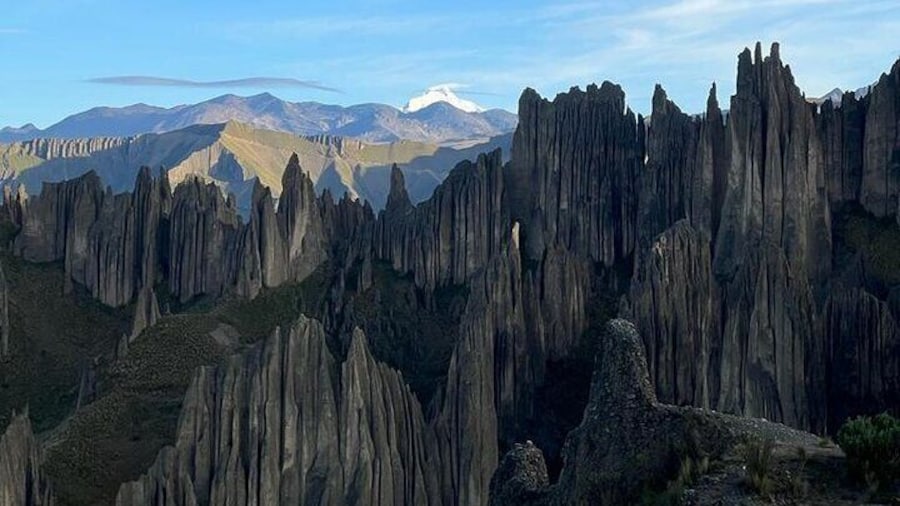The Bolivian Yungas form the distinctive bioregion that snakes along the lower eastern slopes of the Andes and into the Amazon Basin and the highland puna region. Steep terrain, challenging access and high rainfall add to the region’s remoteness, making its magnificent views all the more rewarding. See the region via the precipitous Yungas Road, a terrifying stretch of road that is best known for its nickname, El Camino de la Muerte, or Death Road.
Linking La Paz to Bolivia’s Amazonian rainforests, Yungas Road climbs steadily as it hugs the vertical inclines of the subtropical hillsides before dropping steeply down to the town of Coroico. While many locals risk their lives each day driving along this important transport route, it is also a hotspot for thrill-seeking mountain bikers. Join a guided tour and experience the gravity-defying landscape for yourself on a dizzying descent from the 17,550-foot (4,800-meter) summit. As you wind around hairpin bends and sheer cliffs gripped by lush ferns and epiphytes, you’ll be treated to magnificent views of the unique Yungas bioregion. The cycle lasts between 4 and 5 hours, beginning in La Cumbre and ending in Yolosa.
Whether you ride or drive to the surrounding villages in the Yungas region, you’ll see mesmerizing views of cloud forests and rainforest. You might spot bromeliads, orchids and tree ferns, as well as chusquea bamboo. Keep watch for the region’s interesting bird species, which include the southern helmeted curassow, the green-capped tanager and the diademed tapaculo. Be alert also for elusive panthers, wild cats, tapirs and the spectacled bear.
Around the region's major hubs of La Paz, Coroico and Chulumani you’ll find fertile farmlands where coffee, cacao, coca, tobacco and tropical fruits grow in abundance. Protected areas of the Yungas include Tambopata-Candamo National Reserve, Carrasco National Park, Madidi National Park and Amboró National Park.
The Bolivian Yungas can be easily reached via El Alto International Airport, located a short distance southwest of La Paz. This stunning subtropical region has warm temperatures and high humidity year round.





